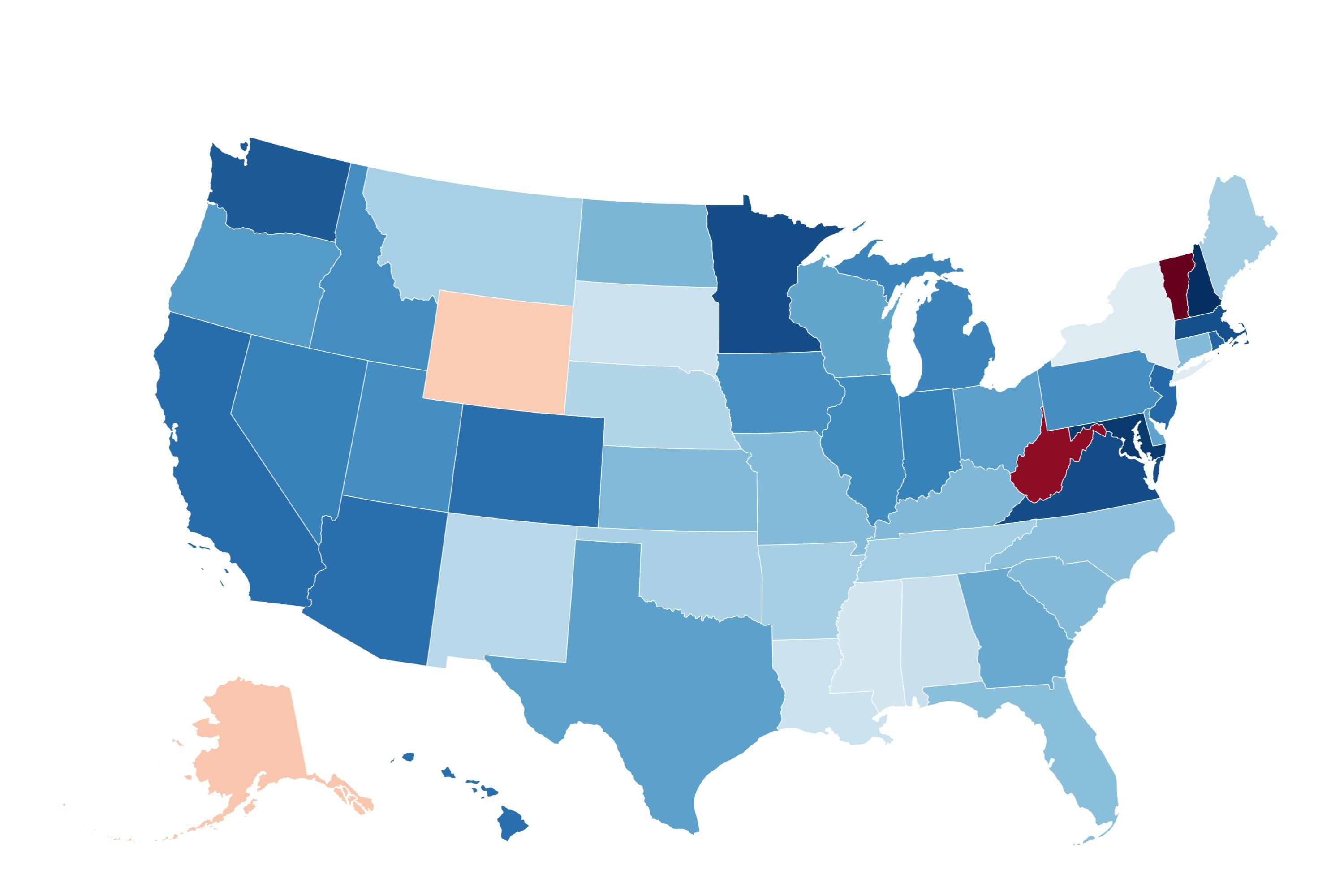Social Media Trends Putting Kids' Health at Risk: Doctors Issue Urgent Warning

Social Media's Dark Side: A Growing Threat to Children's Health
A concerning trend is emerging as doctors and researchers raise alarms about the impact of social media challenges and trends on the health and well-being of children, some as young as 12. What initially appears as harmless fun can quickly escalate into dangerous situations with potentially life-threatening consequences. This article delves into the specifics of these trends, the risks involved, and what parents and guardians can do to protect their children.
The Dangerous Trends: A Closer Look
The internet is rife with viral challenges and trends, many of which are seemingly innocuous. However, some have proven to be incredibly dangerous, prompting medical professionals to speak out. These trends range from risky physical stunts to harmful diet fads and dangerous online challenges promoting self-harm. Researchers have observed a disturbing rise in emergency room visits linked directly to participation in these online trends.
Examples of particularly alarming trends include:
- Dangerous Stunts: Challenges encouraging risky physical activities, such as attempting dangerous jumps or stunts, often leading to serious injuries.
- Harmful Diet Fads: Trends promoting restrictive diets or dangerous weight loss methods, potentially causing nutritional deficiencies and eating disorders.
- Self-Harm Challenges: The most concerning of all, these challenges directly encourage self-harm, posing a severe threat to young lives.
Why Are Kids Participating?
Understanding why children participate in these trends is crucial to addressing the problem. Peer pressure, the desire for online validation, and the thrill of participating in something viral are significant factors. Social media platforms often amplify these trends, creating a sense of urgency and encouraging widespread participation. The anonymity of the internet can also embolden children to engage in risky behaviors they might not otherwise consider.
The Health Consequences: More Than Just Injuries
The health consequences of these social media trends can be severe and far-reaching. Beyond physical injuries, children can experience:
- Psychological Trauma: Participation in dangerous trends, especially those involving self-harm, can lead to lasting psychological trauma and mental health issues.
- Eating Disorders: Harmful diet fads can trigger or exacerbate eating disorders, with potentially devastating long-term health effects.
- Addiction: The constant pursuit of online validation can lead to social media addiction, negatively impacting a child's overall well-being.
- Unpredictable Health Consequences: Researchers have noted that some trends can lead to unpredictable and severe health complications, even death.
What Can Parents and Guardians Do?
Protecting children from the dangers of social media trends requires a proactive and informed approach:
- Open Communication: Establish open and honest communication with your children about the risks of social media.
- Monitor Online Activity: While respecting their privacy, monitor their online activity and be aware of the trends they are exposed to.
- Educate About Risks: Educate your children about the potential dangers of participating in online challenges and trends.
- Promote Critical Thinking: Encourage critical thinking skills so they can evaluate the information they encounter online.
- Set Boundaries: Set clear boundaries and limits on social media usage.
- Seek Professional Help: If you suspect your child is struggling with social media addiction or experiencing mental health issues, seek professional help.
Conclusion: A Collective Responsibility
The dangers of social media trends impacting children's health are a serious concern. Addressing this issue requires a collective effort from parents, educators, social media platforms, and healthcare professionals. By raising awareness, promoting responsible online behavior, and providing support for struggling children, we can work together to create a safer online environment for our youth. The health and well-being of our children depend on it.






